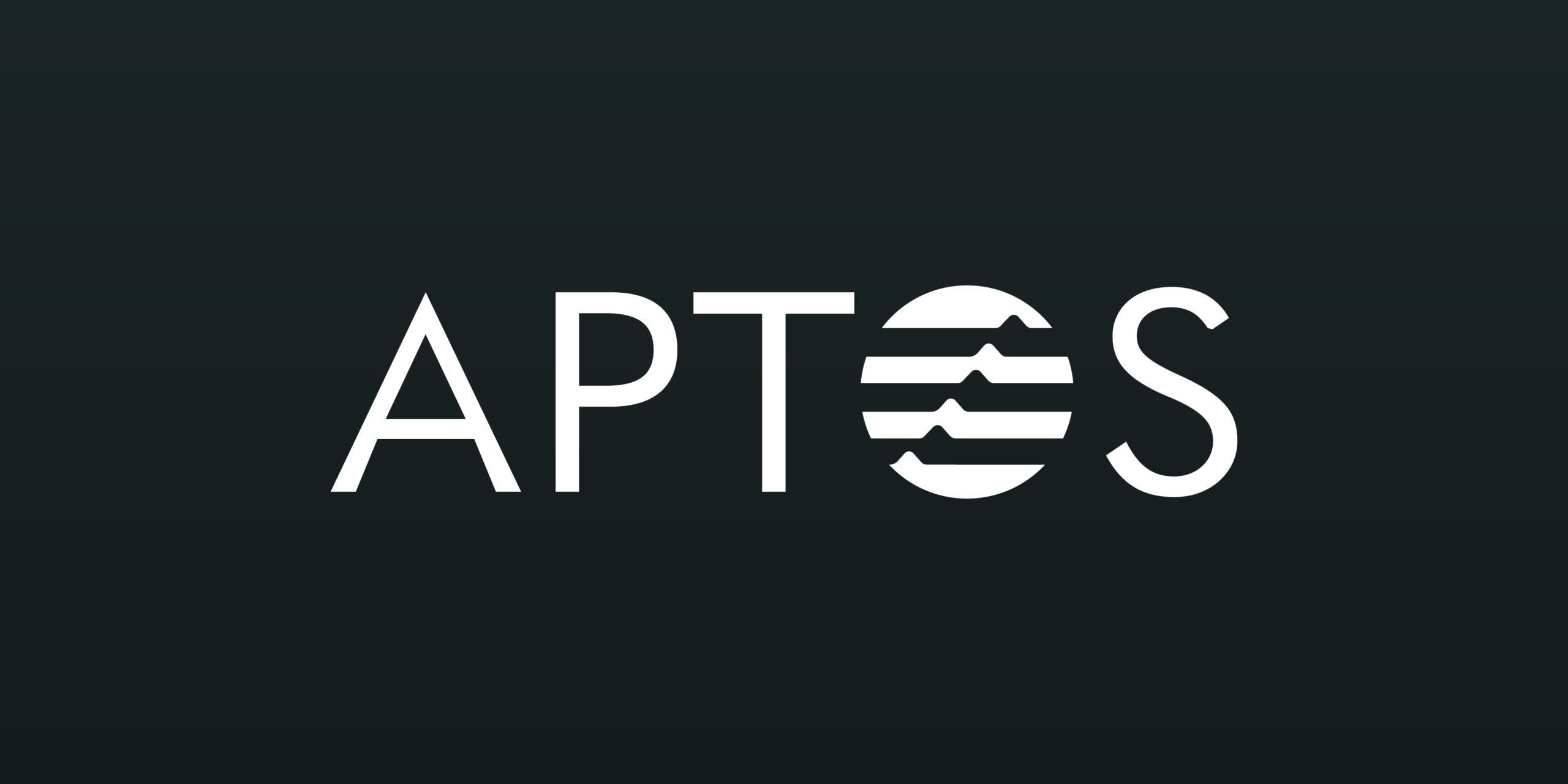Aptos emerges as a contender with its innovative approach and robust architecture in the ever-evolving blockchain technology landscape. This review thoroughly analyzes the Aptos blockchain, exploring its consensus mechanism, smart contract capabilities, scalability optimizations, and more.
Introduction
Aptos is designed to deliver a scalable and secure infrastructure for web3 applications. Central to its design is a Byzantine Fault-Tolerant (BFT) proof-of-stake consensus mechanism, the Move programming language, and an emphasis on parallelized transaction processing. But what do these elements mean in the broader context of blockchain technology?
Innovation
Aptos distinguishes itself through several innovative features:
Consensus Mechanism: The BFT proof-of-stake mechanism not emphasizes security and corporate staked validators, making it resistant to common consensus attack vectors.
Move Programming Language: Inspired by Rust, Move boasts robust safety features, making it ideal for the complexities of smart contract development and execution.
Parallel Transaction Processing: A feature that ensures high throughput and low latency, thereby addressing two primary concerns in current blockchain ecosystems.
Architecture
Aptos‘s architecture is a blend of tried-and-true methodologies with fresh, new approaches:
Ledger State and Sharding: While the ledger state represents a holistic view of the blockchain’s status, sharding offers a promising avenue for future scalability.
Modular and Upgradeable Design: Aptos’s commitment to modularity ensures ease of updates and fosters a forward-compatible environment.
Code Quality
The Move ecosystem encapsulates a compiler, virtual machine, and dedicated developer tools. Moreover, the Move Prover stands out as it aids in validating the functional correctness of smart contracts. The focus on modularity ensures rigorous component-level testing, promoting a high code quality standard.
Product Roadmap
Aptos appears to have its sights set on scalability and adaptability. Its data model’s horizontal scalability via sharding and the incorporation of zero-downtime upgrades on a private mainnet underscore the project’s commitment to evolution and growth.
Usability
With accounts that can host a plethora of data values and Move modules, Aptos ensures flexibility for end-users. Moreover, the pseudonymous nature of accounts balances user privacy with transparency.
Team
While the provided information does not detail the team behind Aptos, the technical prowess and thoughtful architecture of the project suggest a team with substantial expertise in the blockchain domain.
Conclusion
Aptos presents a promising vision for the future of blockchain technology, harmoniously blending innovation with established best practices. Its emphasis on safety, scalability, and performance positions it as a potentially formidable player in the web3 space. As with any technology, its real-world adoption and performance will be the ultimate testament to its success.
| Initial Screening | |||
| Keep researching | |||
| Does this project need to use blockchain technology? | Yes | ||
| Can this project be realized? | Yes | ||
| Is there a viable use case for this project? | Yes | ||
| Is the project protected from commonly known attacks? | Yes | ||
| Are there no careless errors in the whitepaper? | Yes | ||
| Project Technology Score | |||
| Description | Scorecard | ||
| Innovation (Out Of 11) | 11 | ||
| How have similar projects performed? | Good | 2 | |
| Are there too many innovations? | Regular | 2 | |
| Percentage of crypto users that will use the project? | Over 11% | 5 | |
| Is the project unique? | No | 2 | |
| Architecture (Out of 12) | 9 | ||
| Overall feeling after reading whitepaper? | Good | 2 | |
| Resistance to possible attacks? | Good | 2 | |
| Complexity of the architecture? | Not too complex | 2 | |
| Time taken to understand the architecture? | 20-50 min | 1 | |
| Overall feeling about the architecture after deeper research? | Medium | 2 | |
| Has the project been hacked ? | No | 0 | |
| Code Quality (out of 15) | 14 | ||
| Is the project open source? | Yes | 2 | |
| Does the project use good code like C,C++, Rust, Erlang, Ruby, etc? | Yes | 2 | |
| Could the project use better programming languages? | No | 0 | |
| Github number of lines? | More than 10K | 1 | |
| Github commits per month? | More than 10 | 2 | |
| What is the quality of the code? | Good | 2 | |
| How well is the code commented? | Good | 1 | |
| Overall quality of the test coverage? | Outstanding | 2 | |
| Overall quality of the maintainability index? | Outstanding | 2 | |
| When Mainnet (out of 5) | 5 | ||
| When does the mainnet come out? | Mainnet Ready | 5 | |
| Usability for Infrastructure Projects (out of 5) | 5 | ||
| Is it easy to use for the end customer? | Yes | 5 | |
| Team (out of 7) | 6 | ||
| Number of active developers? | 5+ | 2 | |
| Developers average Git Background? | Senior | 2 | |
| Developers coding style? | Solid | 2 | |
| Total Score (out of 55) | 50 | ||
| Percentage Score | |||
| Innovation | 20.00% | ||
| Architecture | 16.36% | ||
| Code Quality | 25.45% | ||
| Mainnet | 9.09% | ||
| Usability | 9.09% | ||
| Team | 10.91% | ||
| Total | 90.91% |





